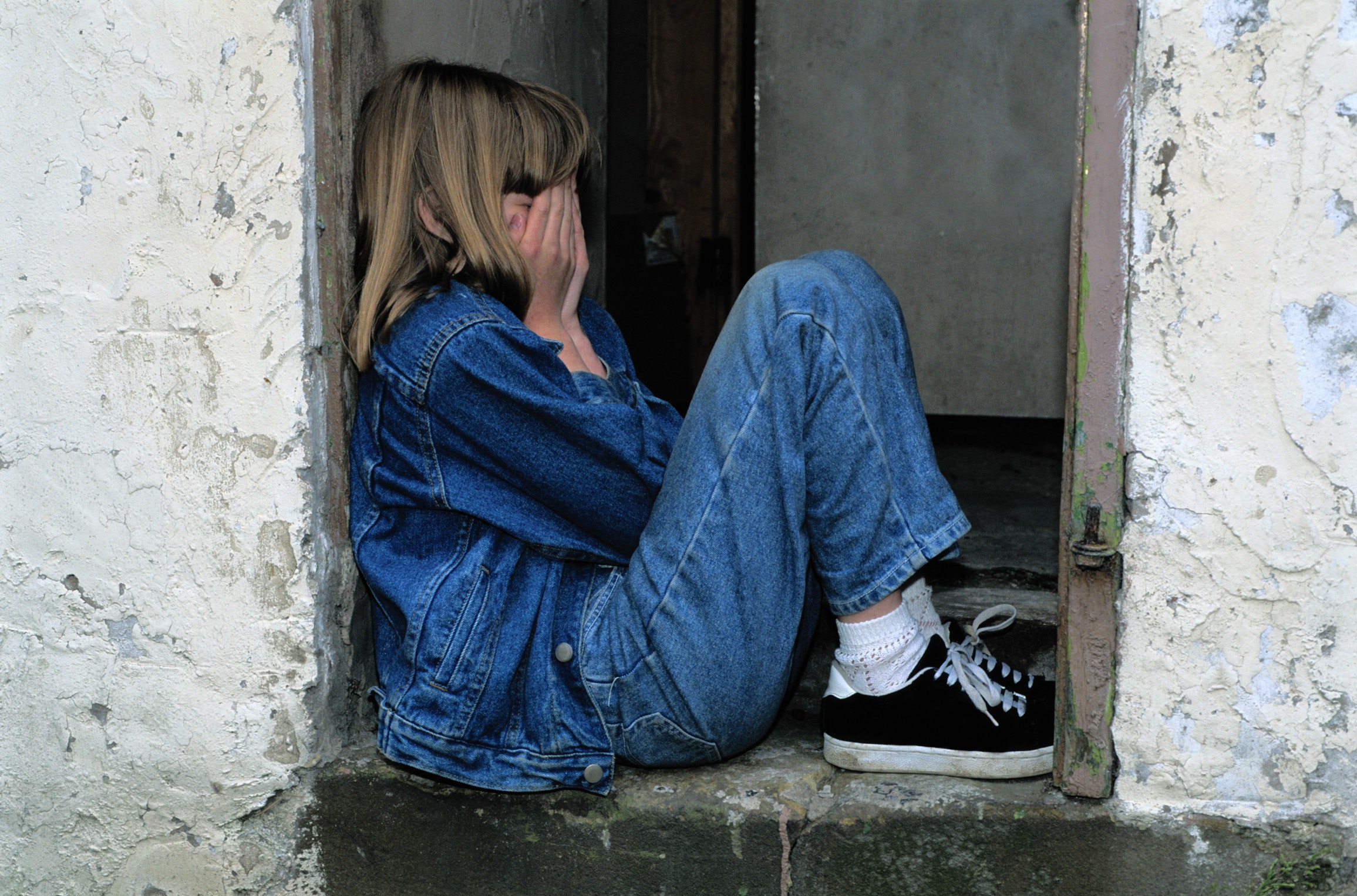We’ve all known some form of bullying – whether by isolation, mean comments, physical bullying or cyber bullying – and being the target of bullies can be a traumatising affair. It’s worse today because the internet lets bullying continue beyond the school grounds and into our homes, weekends and school break.
And bullying is not as rare in Singapore as you think. A 2015 study conducted by the Organisation of Economic Co-operation and Development found that 25.1% of students in Singapore reported experiencing bullying acts at least a few times per month. Startlingly, another local survey found that 40 per cent of victims said they also cyber-bullied others.
As parents, we need to keep a close eye on our children's well-being. Some signs that your child could be experiencing bullying:
- Injuries that cannot be explained
- Lost or destroyed items
- Frequently feeling sick or faking illness
- Changes in eating and sleeping habits
- Declining grades or not wanting to go to school
- Sudden loss of friends or avoidance of social situations
- Decreased self esteem
- Self-destructive behaviours such as running away from home, harming themselves, or talking about suicide
If you find that your child has become the target of bullying, social network Facebook has put together a guide with tips for dealing with that. Here are the 4 steps Facebook recommends:
Step 1: Prepare for a conversation with your child
Find a private and comfortable place to talk to your child. You could go for a walk or head out for a snack. Before you talk to him/her, remember that you’re still your child’s role model so check in with your feelings and manage them so you can remain calm throughout the talk. Be prepared to take your child seriously and listen.
Step 2: Talk about the problem
Give your child unconditional support – listen, don’t interrupt, don’t criticise. Facebook suggests conversation starters such as: “(Child’s Name), I’m so glad you told me. You did the right thing and I promise I will do my best to help you manage this. As long as you are not in any danger, I won’t do anything you don’t want me to do.”
Step 3: Come up with an action plan
Help your child come up with a few ways to deal with the situation. If it is something that happened on social media, there are tools available such as reporting the offending post, unfriending or blocking the person. You can also help your child figure out ways to handle the situation offline. If your child is physically threatened, see if there are trusted teachers or friends who could help. If your child has thoughts of self-harm, seek professional help from a counsellor or psychologist. If the incident is serious, report it to law enforcement. Remember to take screenshots of emails, posts on social media, or messages that can serve as evidence.
Step 4: Follow up with your child
Ensure that he or she feels safe going back to school. Is there a friend to accompany him or her throughout the day? Could a sibling, teacher or relative keep an eye out for your child? Practise with your child what to say if he/she has to interact with the bully. At the end of each day, check in with your child, see if he/she feels safe and comfortable, and if the situation has improved.
The Singapore Children’s Society also has resources for bullying. Those who need help can get advice at bullyfree.sg@childrensociety.
Get your free parenting e-book on how to manage tantrums, bullying, misbehavior etc:


-1.png)


